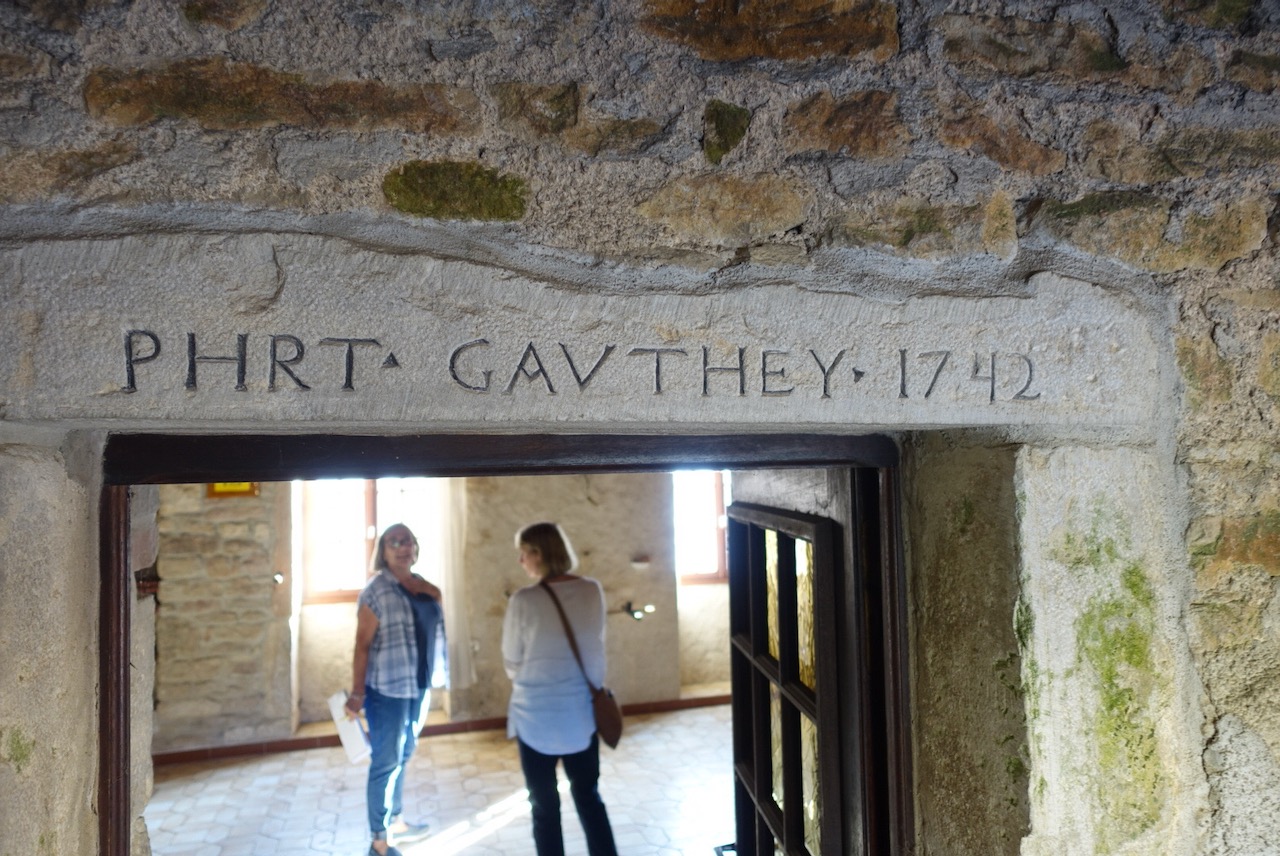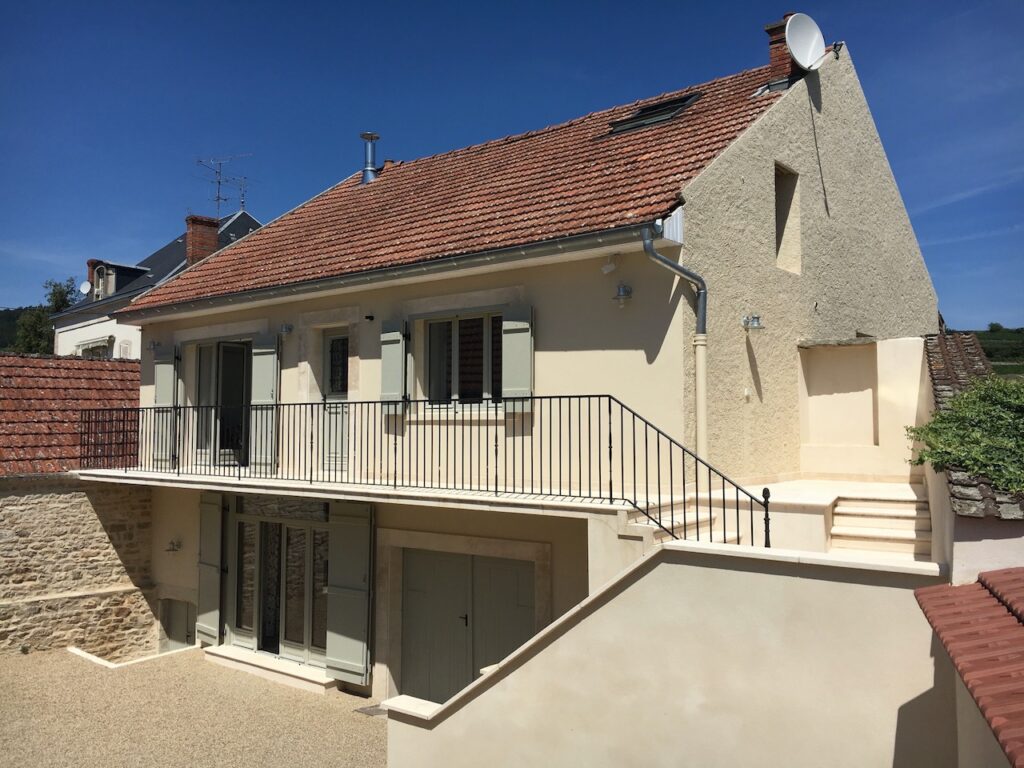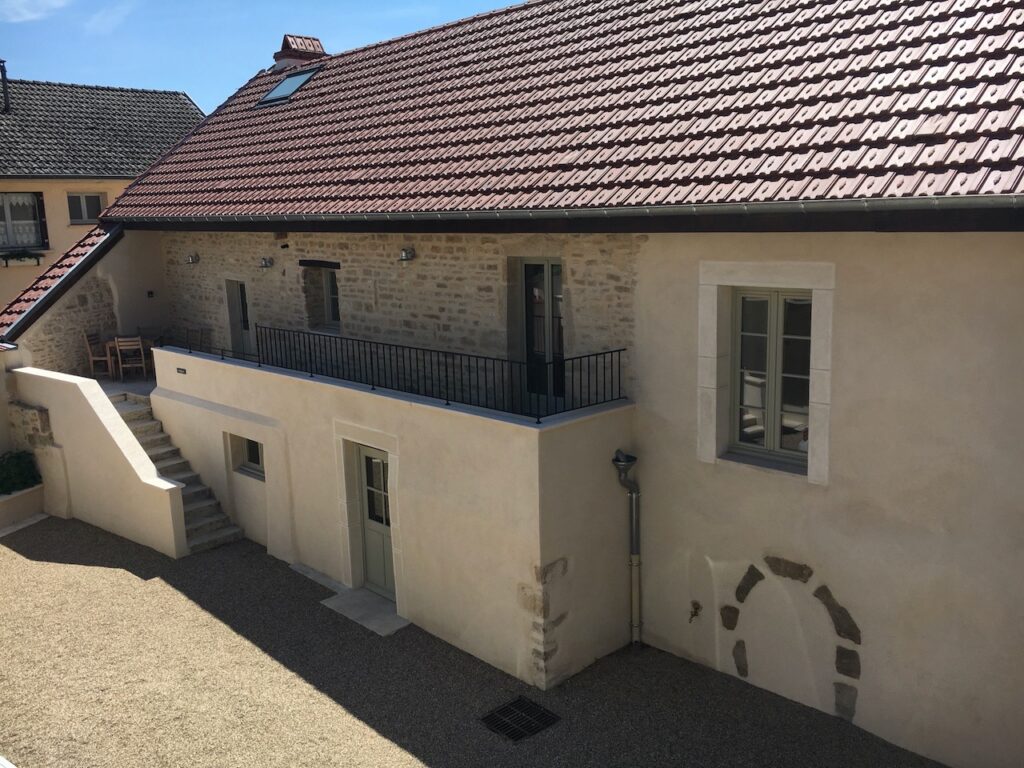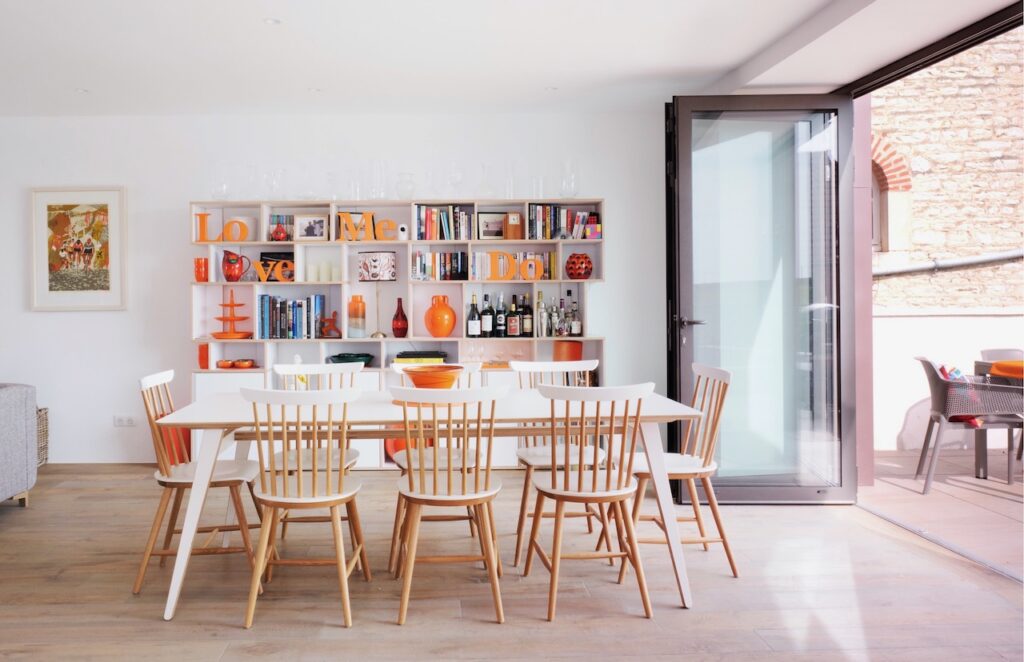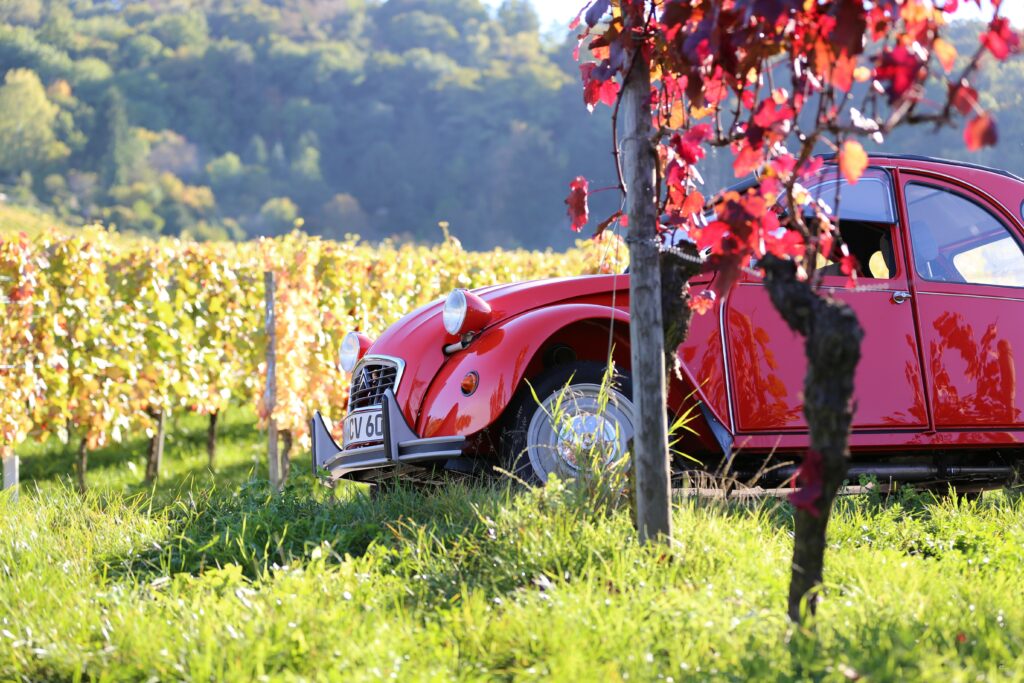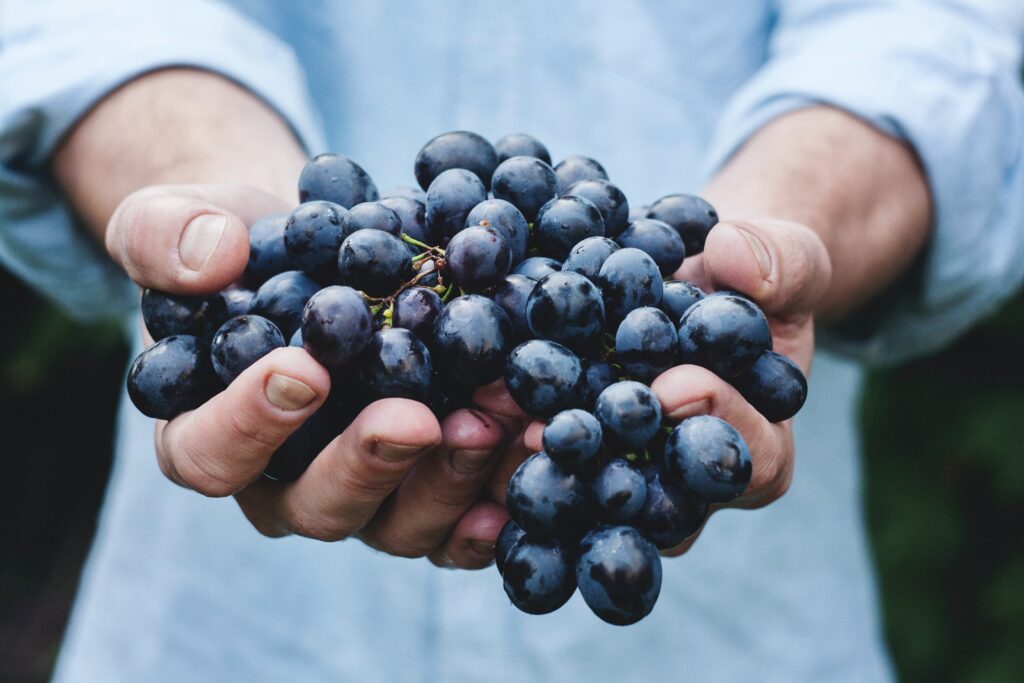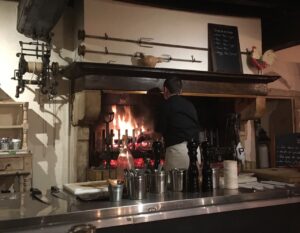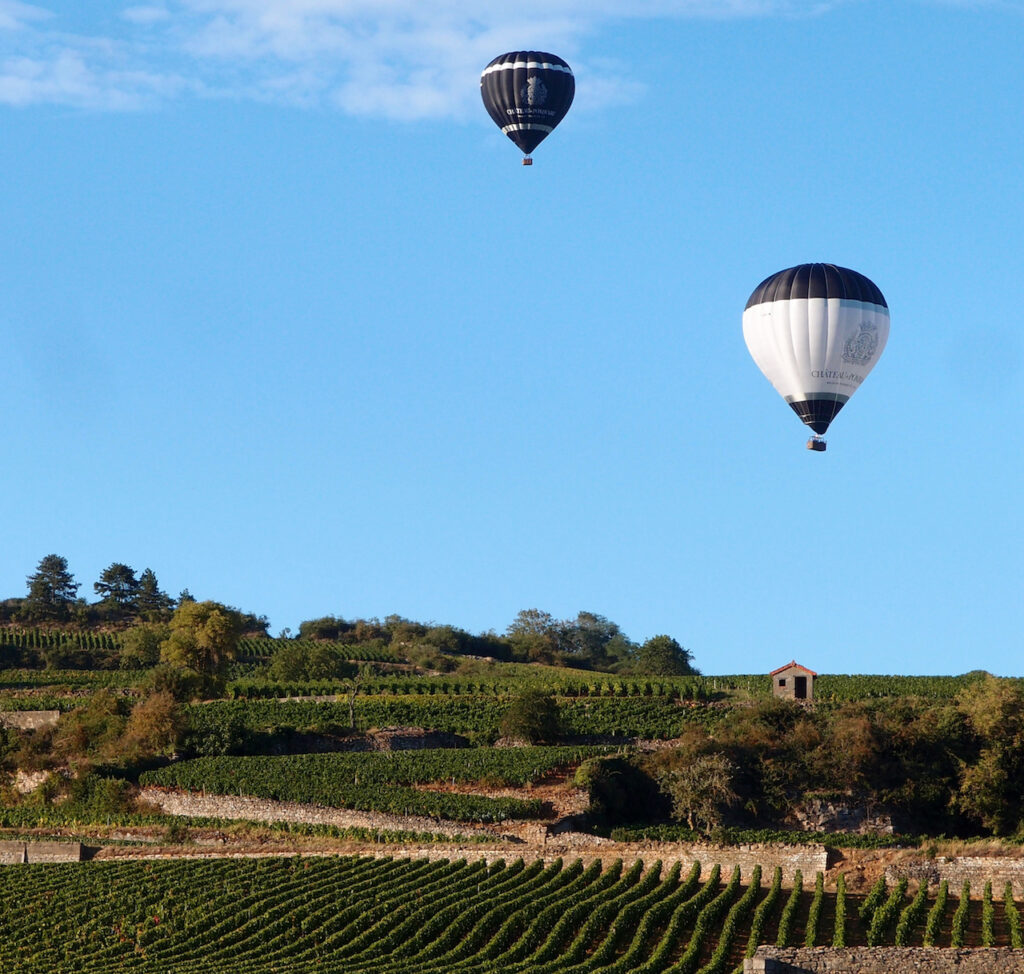Philibert and Jacquette
Maison Philibert and Maison Jacquette are adjacent houses in the beautiful wine village of Pommard, in the Côte d’Or, Burgundy, just a few miles outside Beaune. They were built in 1742 by vignerons Philibert and Jacquette Gauthey, and restored by current owners Craig and Jean Wilson in 2018
The Gauthey Family
Maison Philibert and Jacquette are named after the family that built them in 1742, Philibert and Jacquette Gauthey. Philibert came from a long line of vignerons in the Côte de Beaune villages. He married Jacquette Boulley of Volnay on the 3rd February 1727. Nine months later they had their first child, Etienne, who lived only 2 days. Philibert and Jacquette had a total of 12 children between 1729 and 1747. Sadly, only Antoine, Philibert, Jean and Etienne 3rd survived beyond infancy. There are Boulleys in Volnay making wine to this day and 1er cru Clos de Gauthey is near Monthlie. Philibert died in 1773 aged 74 and Jacquette in 1785 aged 83.
| Philibert Gauthey | 1699 – 1773, Pommard buried Volnay |
| Jacquette Gauthey (née Boulley) | 1702-1785, married 3.2.1727 |
| Etienne | 14.9.1727 to 7.11.1727 |
| Claude | 2.9.1728 to ? |
| Antoine | 10.7.1729 to ? |
| Claude 2nd | 15.12.30 to 21.7.32 |
| Philibert | 26.8.1732 to ? |
| Jean | 18.1.1735 to 25.05.1814 |
| Etienne 2nd | 14.9.1737 to 14.9.1737 |
| Jeanne | 12.4.1739 to 27.2.1740 |
| Etienne 3rd | 30.10.1740 to ? |
| Jacquette | 10.8.1742 to 11.9.1743 |
| Claude 3rd | 4.5.1744 to 10.5.1744 |
| Claude 4th | 28.3.1747 to 2.5.1747 |
Pommard
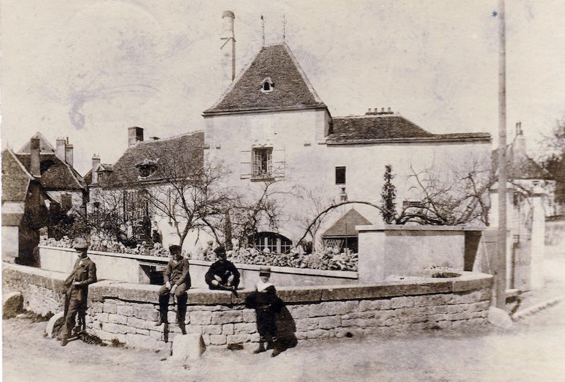
Pommard (pronounced Poe-Marr) takes its name from Pomona the Roman goddess of the garden. It is located less than 5km from Beaune and is part of the UNESCO World Heritage Site – The Climats, Terroirs of Burgundy. Stretching south from Pommard through the vineyards along the beautiful Côte de Beaune are the famous wine villages of Volnay, Monthelie, Auxey-Duresses, Meursault, Pulligny-Montrachet, Chasagne-Montrachet and Satenay. Like Nuits-St-George, Pommard made its name in the 18th and 19th century as a marketplace for wines from surrounding villages. 130,000 cases from 337ha makes Pommard the second biggest area by production after Beaune. 135ha of that is Premier Cru, of which Les Epenots and Les Rugiens are the most notable.
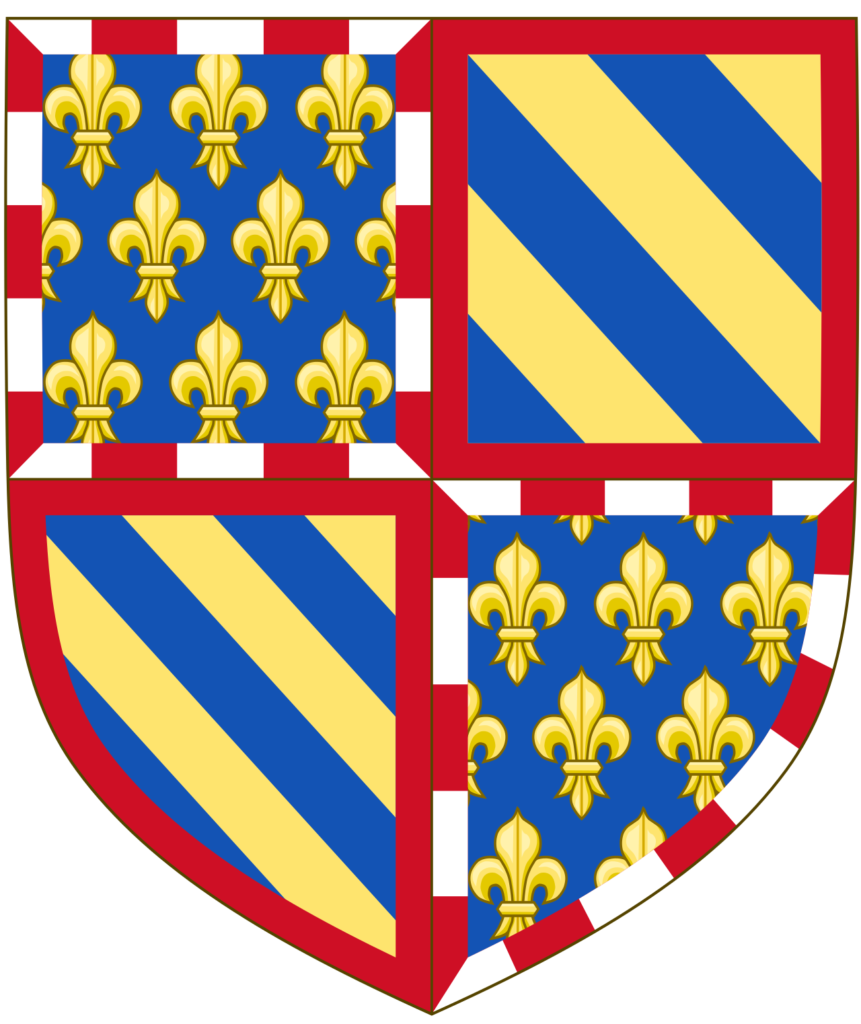
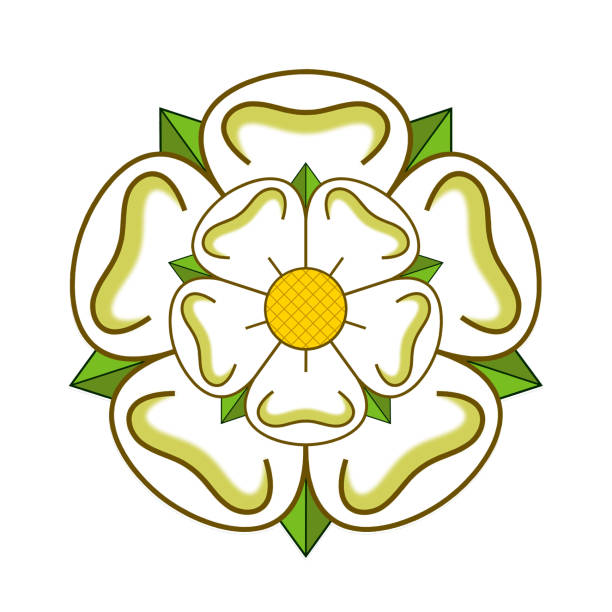
Burgundy
Yorkshire
Burgundy has a rich history dating back to the Roman era. The Burgundians, a Germanic tribe, established a kingdom there in the 5th century, which lasted until the Franks conquered the region in the late 6th century. In the Middle Ages, Burgundy was a powerful duchy that controlled much of present-day France, Belgium, and parts of Switzerland.
Under the rule of the Valois dukes in the 14th and 15th centuries, Burgundy reached the height of its power and prosperity. Duke Philip the Bold was a patron of the arts, and his court was renowned for its splendour and luxury. He founded the Order of the Golden Fleece, a chivalric order that included some of the most powerful nobles in Europe. His son, John the Fearless, continued this legacy and expanded Burgundy’s territory through a combination of diplomacy and military conquests.
The Burgundian dukes’ ambitions eventually brought them into conflict with the French crown. In 1419, John the Fearless was assassinated on the orders of the Dauphin (the future King Charles VII), leading to a long and bloody feud between the Burgundians and the Armagnacs, the French party supporting the Dauphin’s claim to the throne.
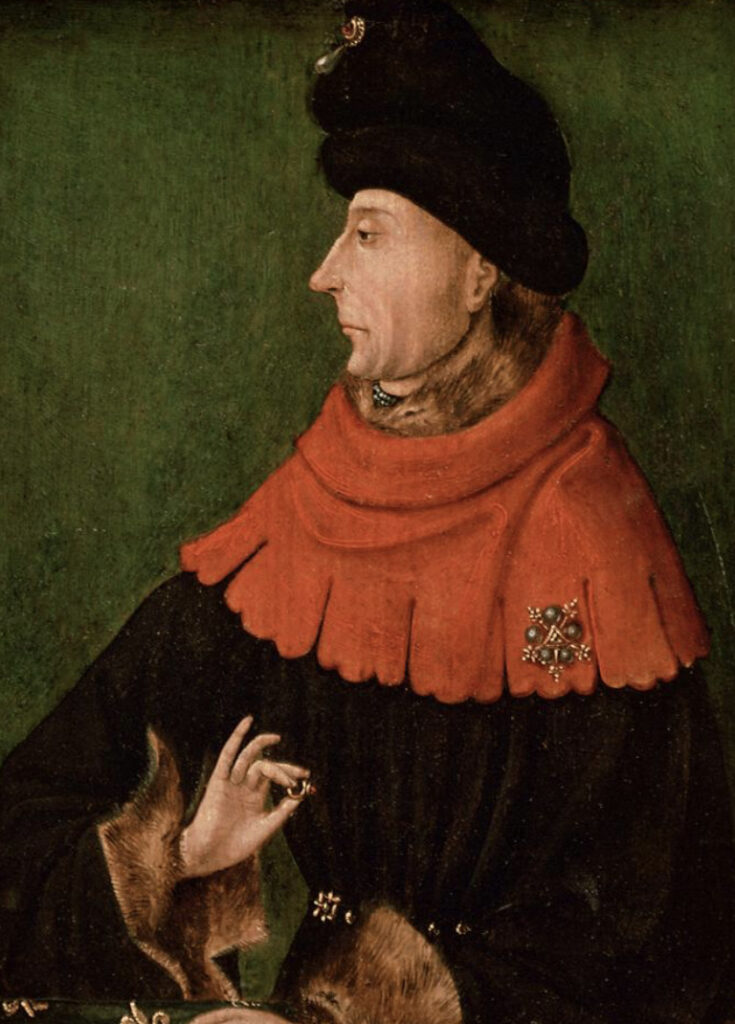
Burgundy has had a complex relationship with England throughout its history. In the 15th century, the Burgundian dukes were rivals of the French crown, and they sought alliances with other powers to strengthen their position. This led to a close relationship with England, which was also at odds with France during the Hundred Years’ War.
The alliance between Burgundy and England was cemented in 1420 when Duke Philip the Good signed the Treaty of Troyes with King Henry V of England. The treaty recognized Henry as heir to the French crown and arranged his marriage to the French princess Catherine of Valois. Burgundy supported Henry’s claim to the throne and provided him with military assistance.
However, the alliance between Burgundy and England was not without its challenges. In 1435, the Burgundians signed the Treaty of Arras with France, ending their conflict and reconciling with the French crown. This put Burgundy at odds with England, which continued to wage war against France until 1453.
The Burgundian dukes’ relationship with England was further complicated by the Wars of the Roses, a series of dynastic conflicts that wracked England in the 15th century. The Burgundians supported the Yorkists, who had links to the English royal family and was sympathetic to Burgundy’s interests. However, the Yorkists were ultimately defeated by the Lancastrians, who had stronger links with the French crown.
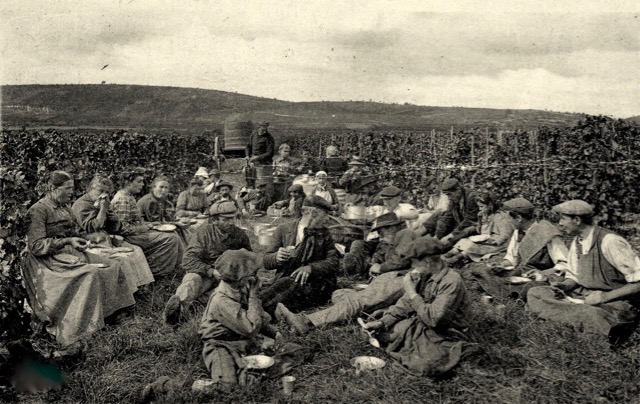
Burgundy reached its peak under Duke Charles the Bold, who inherited the duchy in 1467. He sought to create a powerful state in the heart of Europe, but his ambitions were thwarted by a coalition of Swiss, French, and Holy Roman Empire forces. Charles was killed in battle in 1477, and Burgundy was absorbed into the French crown’s territory.
Despite losing its independence, Burgundy remained an important cultural and economic centre in France. It was renowned for its fine wine, which is still produced in the region today. The historic architecture of cities like Dijon and Beaune reflects the region’s past wealth and influence.
